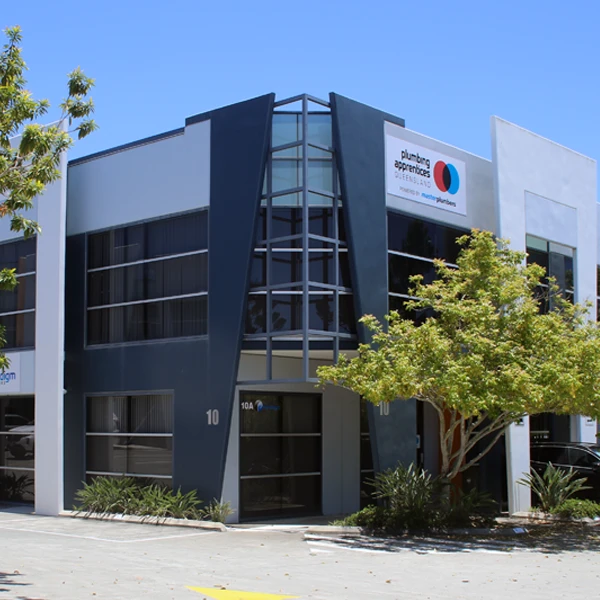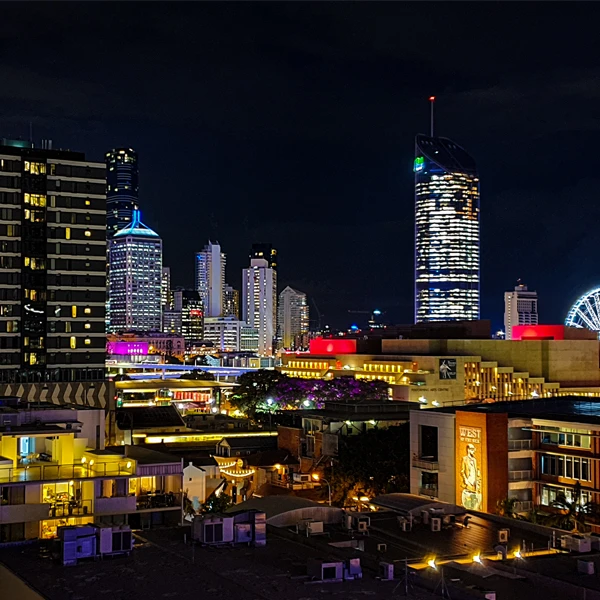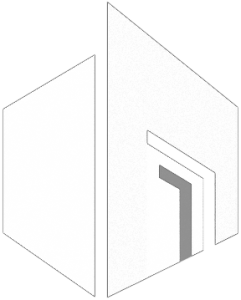Helping you with …
Smart Asset Managers offers a comprehensive solution to the numerous responsibilities that come with property ownership.
Whether you need assistance with financial administration, rent arrears, lease management, facilities maintenance, or upgrade projects, these services are designed to simplify your life as a property owner.
With their expertise and systematic approach, commercial property managers help ensure that your property remains profitable, well-maintained, and appealing to tenants.

What our clients say…

By Rick888chen – Own work, CC BY-SA 4.0, Link
Contact us about the Management of your Commercial Property in Springwood
South Brisbane: A Historical and Vibrant Inner City Suburb
Introduction:
South Brisbane, an inner southern suburb of the City of Brisbane, Queensland, Australia, is a vibrant and historically rich area nestled on the southern bank of the Brisbane River. With a population of 7,196 people in the 2016 census, South Brisbane has evolved from its early days as an integral part of the Moreton Bay penal colony to a fashionable, high-density, modern residential area. This article delves into the geography, history, and cultural diversity that defines South Brisbane.
Geography:
South Brisbane’s location along the southern bank of the Brisbane River positions it as a key area directly connected to the central business district via several bridges, including the Go Between Bridge, William Jolly Bridge, Merivale Bridge, Kurilpa Bridge, Victoria Bridge, and Goodwill Bridge. The suburb is further enhanced by modern public transport services, including train stations, busways, and CityCat ferry services linking it to other riverside suburbs.
History:
Pre-colonial times saw South Brisbane, along with West End and Highgate Hill, referred to as Kurilpa by the local Indigenous people, holding significance in Aboriginal life. European settlement began in the mid-19th century, with the area named South Brisbane due to its location on the south side of the Brisbane River. The development of wharves along the riverbank, commercial buildings, and hotels around Russell Street marked the growth of the suburb.
Religious institutions played a vital role in the area’s history, with the establishment of churches like St Thomas’ Anglican Church and the Presbyterian Church in the 19th century. The railway’s arrival in 1884 spurred construction and led to South Brisbane gaining municipal independence in 1888. However, the 1893 Brisbane flood brought significant devastation to the region, impacting churches and residences.
20th Century and Beyond:
The 20th century witnessed the establishment of educational institutions like Brisbane State High School and St Laurence’s College, as well as the relocation of Brisbane High School for Girls (now Somerville House) to South Brisbane. The suburb faced challenges during World War II, earning a reputation as the city’s ‘black’ area during the presence of American troops.
South Brisbane’s regeneration gained momentum with the selection of the area as the site for World Expo ’88. The former wharves and industrial land were transformed, leading to the creation of South Bank Parklands. Today, South Brisbane is a fashionable and modern residential area, attracting a diverse demographic.
Demographics:
According to the 2011 census, South Brisbane boasts a population of 5,416, with a median age of 30. The suburb reflects a diverse cultural mix, with 44.2% of residents born in Australia and significant contributions from England, New Zealand, China, Korea, Republic of, and India. English is the predominant language spoken at home, but a variety of languages, including Mandarin, Korean, Cantonese, Greek, and Arabic, contribute to the area’s multicultural fabric.
Conclusion:
South Brisbane stands as a testament to the dynamic evolution of a suburb that has weathered historical challenges and emerged as a thriving, culturally rich community. From its indigenous roots to European settlement, industrialization, and urban renewal, South Brisbane’s journey showcases the resilience and adaptability of this inner-city gem. Today, residents and visitors alike enjoy the fusion of history, modernity, and cultural diversity that defines South Brisbane.
South Brisbane Fast Facts
- Population (2021) 14,243
- Private Dwellings (2021) 7,984
- Average People/Household (2021) 1.9
- Median Weekly Household Income (2021) $1,831
- Median Monthly Mortgage Repayment (2021) $1,950
- Average Motor Vehicles/Dwelling (2021) 1.0
- Median Age (2021) – 29
- Participation in labour force – 4,579
Data is drawn from: ABS 2021 Census

